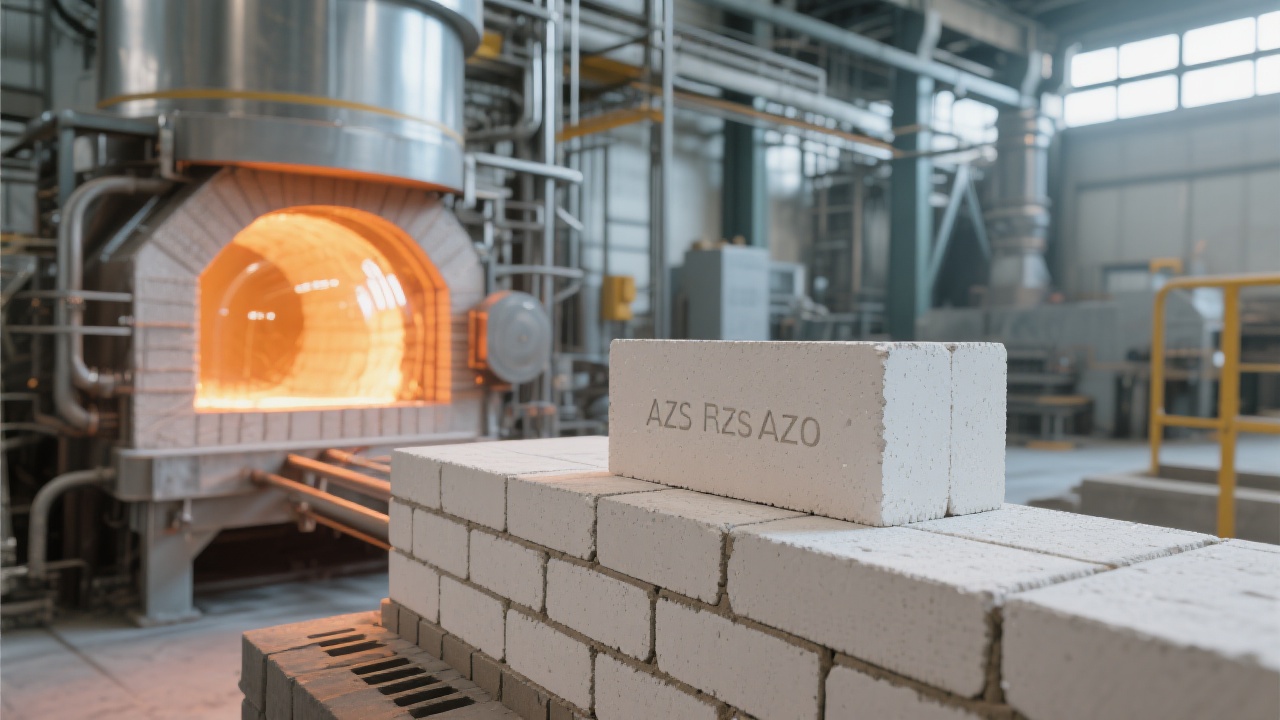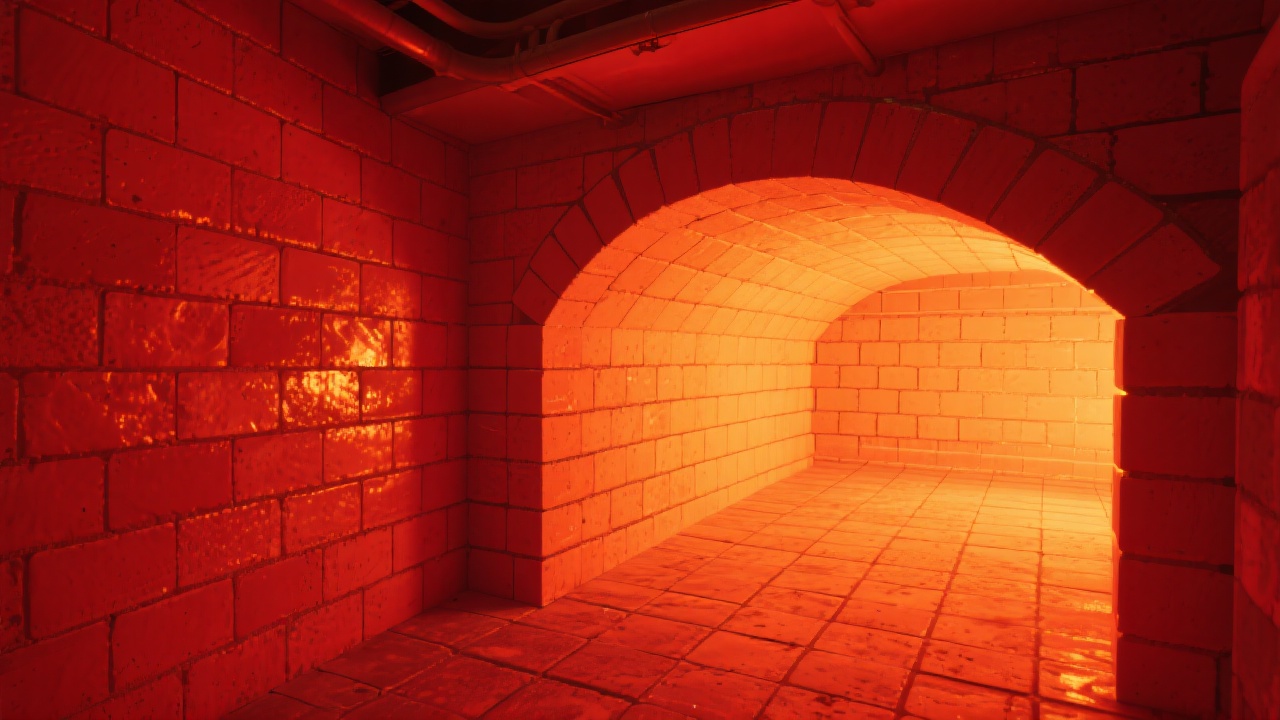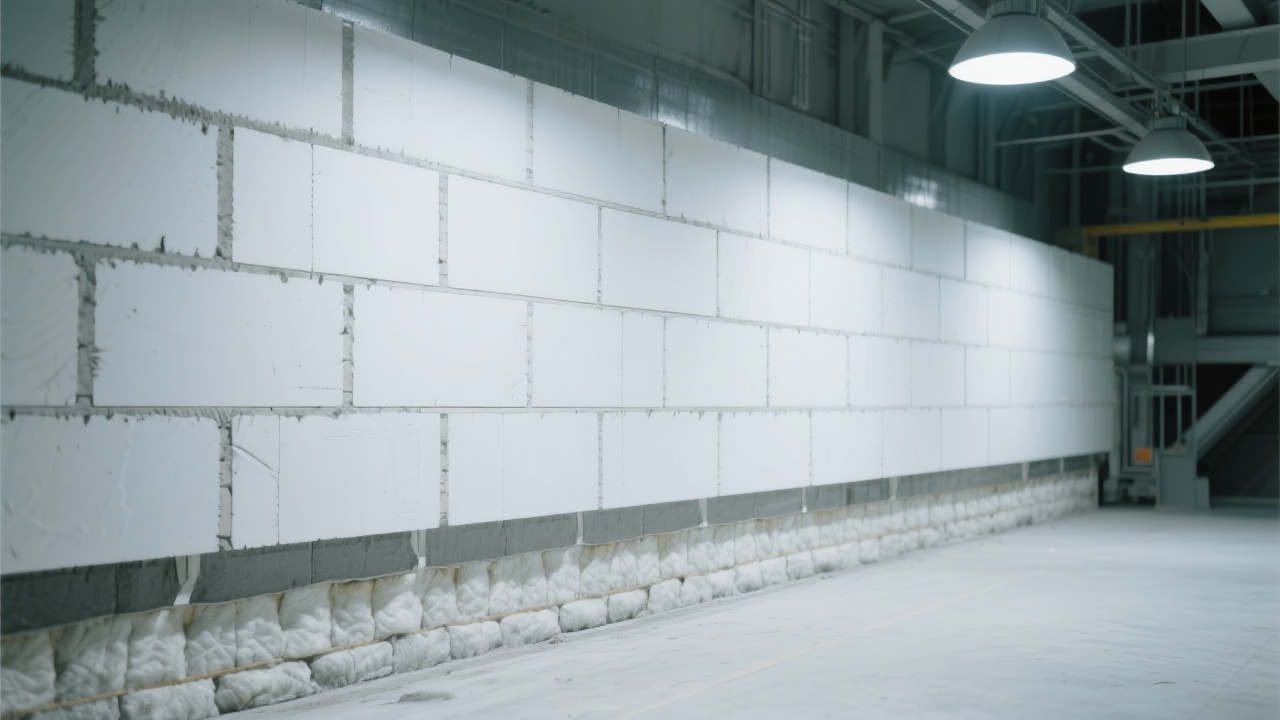
In the high-temperature chemical processes, the choice of refractory materials plays a crucial role. Traditional refractory materials often fall short in meeting the demanding requirements of these environments. For instance, they may have limited refractory degrees, poor chemical stability, and low corrosion resistance. This can lead to frequent equipment failures, increased maintenance costs, and reduced production efficiency. According to industry statistics, factories using sub - standard refractory materials may experience a production efficiency decline of up to 20% due to equipment malfunctions caused by material issues.

High - temperature refractory corundum bricks are mainly composed of corundum, which gives them excellent physical and chemical properties. They can be classified into different types based on their corundum content and manufacturing processes, such as sintered corundum bricks and fused - cast corundum bricks. Each type has its own unique characteristics and is suitable for different application scenarios.
These bricks have a high refractory degree, typically able to withstand temperatures above 1800°C. Their chemical stability is outstanding, allowing them to resist the erosion of various chemical substances. In addition, they have excellent corrosion resistance, especially against acidic and alkaline slags. For example, in a high - temperature chemical reaction environment with strong alkaline substances, corundum bricks can maintain their structural integrity for a long time, while traditional refractory materials may be severely corroded within a few months.
In chemical reactors, high - temperature refractory corundum bricks are widely used. The harsh environment inside the reactor, including high temperatures and corrosive substances, requires materials with high performance. Corundum bricks can effectively protect the reactor walls from corrosion and thermal shock, ensuring the stable operation of the reactor. A chemical plant in the United States replaced its traditional refractory lining with corundum bricks in its reactor. After the replacement, the reactor's maintenance cycle was extended from 6 months to 18 months, and the production efficiency increased by 30%.

High - temperature furnaces also benefit from the use of corundum bricks. In a metal smelting high - temperature furnace, the corundum bricks can resist the erosion of high - temperature molten metal and slag. They can maintain a smooth inner surface of the furnace, which is conducive to the flow of molten materials and improves the smelting efficiency. In some large - scale steelmaking plants, the use of corundum bricks in high - temperature furnaces has reduced the energy consumption by about 15%.
| Refractory Material | Refractory Degree (°C) | Chemical Stability | Corrosion Resistance |
|---|---|---|---|
| High - Temperature Refractory Corundum Bricks | >1800 | Excellent | Excellent |
| Traditional Refractory Bricks | 1200 - 1500 | Good | Fair |
As shown in the table, high - temperature refractory corundum bricks outperform traditional refractory materials in terms of refractory degree, chemical stability, and corrosion resistance. This makes them a more reliable choice for high - temperature chemical processes.
When selecting high - temperature refractory corundum bricks, factors such as the specific application environment, temperature requirements, and chemical corrosion conditions should be considered. For example, in a highly acidic environment, a type of corundum brick with high alumina content and good acid - resistance should be chosen. In terms of procurement, it is recommended to choose suppliers with good reputations and rich experience. They can provide professional technical support and ensure the quality of the products.

High - temperature refractory corundum bricks have made significant contributions to improving the production efficiency of chemical enterprises and reducing operational risks. Their excellent performance in high - temperature and corrosive environments has been proven by numerous real - world cases. By choosing the right corundum bricks, chemical enterprises can enhance their competitiveness in the market.
Do you have similar refractory material selection problems in your industry? Share your specific scenarios with us, and we'll send you 3 solution cases from the same industry. Click here to learn more about high - temperature refractory corundum bricks!

